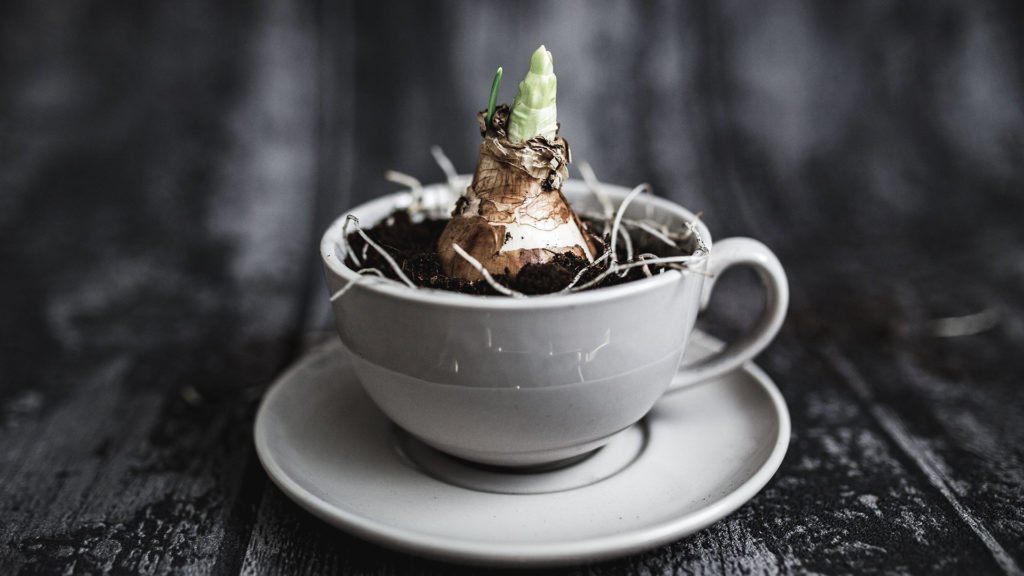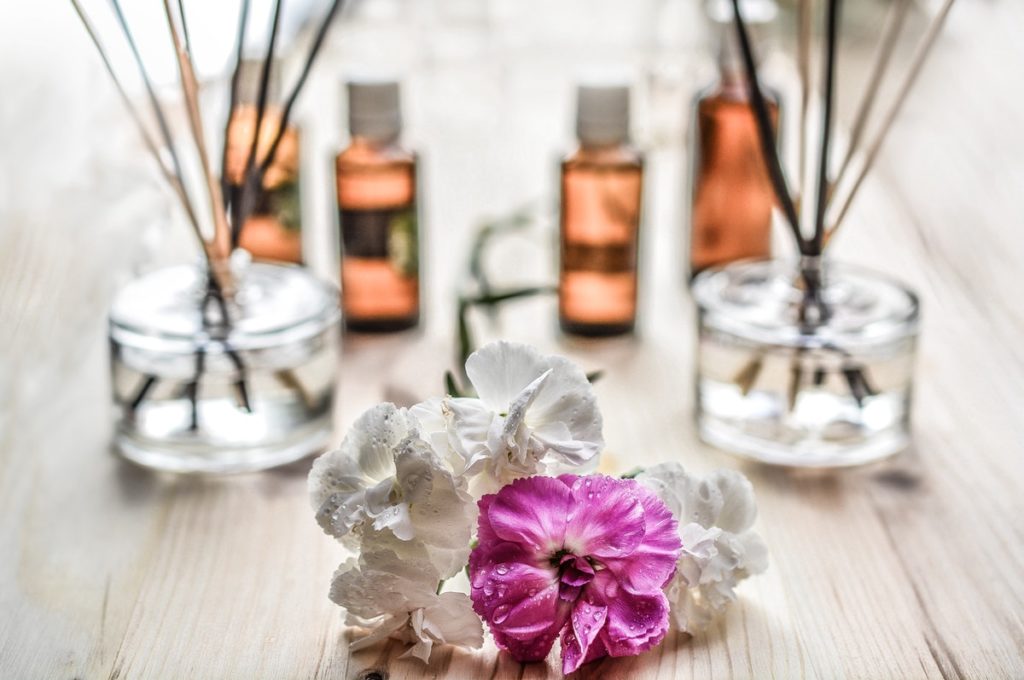When we think about air pollutants, we often refer to the quality of air found outside our homes. However, if we’re not paying attention, the air inside our homes can be just as bad as the ones outside. Breathing safe and healthy indoor air is vital for you and your family’s overall wellness. If we let dangerous pollutants enter our living space, it can cause long-term health complications and even certain types of cancers.
Fortunately, there are numerous ways for you to improve the air quality inside your home and protect your family’s health. Read on to know the best methods to reduce sources of irritants and allergens throughout your space.
-
Maintain a healthy level of humidity
If there’s one thing that mold and dust mites love the most, that is moisture. If the air inside is damp, it can create conditions where mold, a respiratory irritant, can grow. Make sure to control the humidity indoors and keep it at a healthy level. You can use a modern humidity control system to keep allergens under control and reduce indoor moisture.
A whole-home dehumidifier would be a better choice since it can function without too much noise, unlike traditional ones. Other ways to dehumidify your home are by opening a window or exhaust fan when bathing or cooking, venting your clothes dryer outside, emptying your window AC’s drip pans, and fixing plumbing leaks.
-
Switch to natural fragrances
We do love to make our house smell good as it is often associated with orderliness and cleanliness. For instance, a piney or lemony scent is linked to a clean kitchen. However, if you’re using commercial synthetic fragrances or air fresheners, you’re likely bringing in more chemicals inside your home.
With that in mind, avoid using conventional fabric softeners or laundry or air fresheners in whatever form, as they typically emit volatile organic compounds and derived from petroleum products. Look for naturally scented or fragrance-free laundry products and mild cleaners. And instead of using aerosol sprays, open your windows or use a filtered AC system for room ventilation.
-
Keep the floors fresh
Uncleaned floors can accumulate dust, leading to allergens and chemicals. To get rid of toxins, allergens, or lead concentrations inside your home, use a good vacuum cleaner with a HEPA filter, which ensures the dirt and dust won’t be blown back into the exhaust. Make sure to wash your filter regularly and vacuum at least thrice a week.
Mopping is a simple yet effective way of picking up dust your vacuum left behind. Instead of traditional mops, it’s best to use new microfiber ones to collect more dirt and dust. Lastly, the simple habit of removing your shoes when entering your space can reduce the amount of dirt or pollutants from getting inside.


-
Clean your filters and ducts
If you don’t have a whole-home air purifier, you can still keep your indoor air clean with just your HVAC system. Just be sure you’re changing the filters regularly and using higher-quality ones. Apart from that, the ducts of your HVAC system also need regular cleaning to avoid the accumulation of air pollutants. It can be a hub for rodent droppings, animal dander, mold, dust, and dirt.
If you have an older property, it’s better to have professionals check and clean your ducts. Aside from cleaning, these experts can help ensure that indoor air is distributed efficiently, saving you money on energy bills.
-
Get houseplants
Among the best natural ways to purifying the air inside your home is having houseplants. Plants are generally helpful in controlling the humidity indoors, making it safe for human health. They can also emit oxygen and absorb carbon dioxide, and help refresh the air. Aside from cleaner air, houseplants also offer numerous health benefits such as boosting positive feelings, reducing stress levels, improving concentration and productivity, and even faster recovery from mental exhaustion.
Some of the best air purifying plants you can bring into your home include pothos or devil’s ivy, dwarf date palm, philodendrons, peace lilies, spider plants, chrysanthemums, and so on. Most houseplants help remove toxic chemicals like formaldehyde, ammonia, xylene, benzene, and carbon monoxide.
We indeed face various health risks wherever we go, but it should be a lot different in our homes. It should be a sanctuary where our safety is guaranteed, our health is protected, and our quality of life is great. By taking note of these tips, you can have better, safer indoor air quality in your home.

